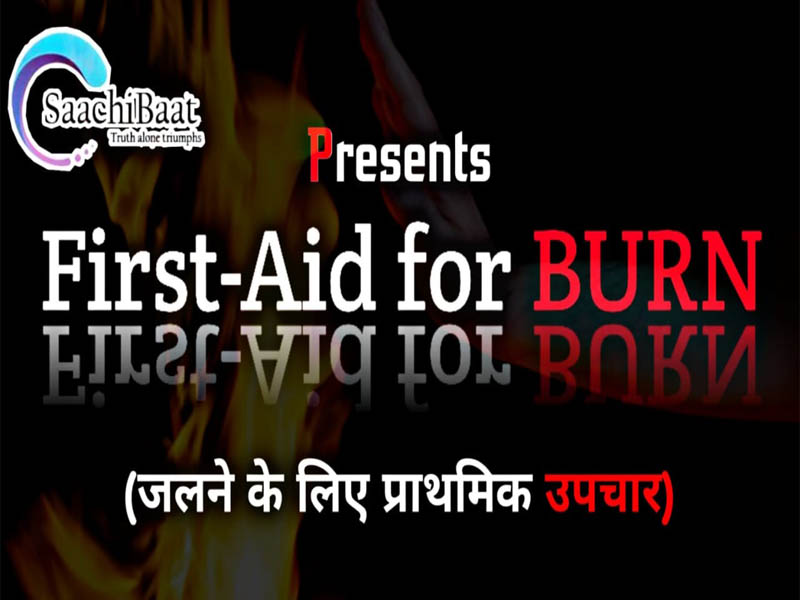
In this video we are gonna discuss about.
*What is First-Degree Burn?*
A first-degree burn is also called a superficial burn. It’s an injury that affects the first layer of your skin (Epidermis). First-degree burns are one of the mildest forms of skin injuries, and they usually don’t require medical treatment. However, some superficial burns can be quite large or painful and may require a trip to your doctor.
*What causes a first-degree burn?*
Sunburns
Scalds
Electricity
*Symptoms*
The symptoms of first-degree burns are often minor and tend to heal after several days. The most common things you may notice at first are skin redness, pain, and swelling. The pain and swelling may be mild and your skin may start to peel after a day or so.
*First-aid For First Degree Burn*
Immediately immerse the burn in cool tap water or apply cold, wet compresses. Do this for about 10 minutes or until the pain subsides.
*What is Second-Degree Burn?*
Second-degree burns are more serious because the damage extends beyond the top layer of skin. This type burn causes the skin to blister and become extremely red and sore.
*What Causes A Second-degree Burn?*
Very Hot Water
Open Flames
Hot Objects
Chemical
Electricity
*Symptoms*
Second-degree burns affect deeper layers in the skin than first-degree burns and can involve intense pain. They affect the epidermis and dermis, with the burn site often appearing swollen and blistered. The area may also look wet, and the blisters can break open, forming a scab-like tissue.
*First-aid For Second Degree Burn*
Cover the burn with a gauze or a loose dressing. Do not wrap the cover tightly, as this can cut off circulation.
*What is Third-Degree Burn?*
Excluding fourth-degree burns, third-degree burns are the most severe. They cause the most damage, extending through every layer of skin.
There is a misconception that third-degree burns are the most painful. However, with this type of burn the damage is so extensive that there may not be any pain because of nerve damage.
*What Causes A Third-degree Burn?*
flames
flash from an explosive blast
chemicals such as acids
electricity
scalding liquids
contact with an extremely hot object for an extended period
*Symptoms*
In a third-degree burn, all layers of the skin are destroyed. Blisters may be present and color of the skin varies (red, pale pink, white and tan). Typically, these burns have very diminished pain. If a burn DOES NOT hurt, it may be a third-degree burn.
*First-aid For third Degree Burn*
*Protect burn area. Cover loosely with sterile, or non-stick bandage or, for large areas, a sheet or other material that won’t leave a lint in wound. See a doctor as soon as possible for medical evaluation.
*What Is A Fourth Degree Burn*
This is the deepest and most severe of burns. They’re potentially life-threatening. These burns destroy all layers of your skin, as well as your bones, muscles, and tendons.
*First-aid For Fourth Degree Burn*
Never attempt to self-treat a fourth-degree burn. Call for medical treatment immediately. While you’re waiting for medical treatment, raise the injured part above heart level. Don’t get undressed, but make sure no clothing is stuck to the burn.
Motto of this video is to educate, spread awareness and empower people.
Director & Concept – Koustav Bakshi
Asst. Director – Aniket Ghosh
Produced By – Dr Meenakshi Pahuja
Co-founder – Dr Supriya Pahuja
CAST:
Sourav Dutta as First Aider
Subodh Paswan as Casualty
Chandrani Dey as First Aider
Soma Dey as Casualty
EDITING:
Suprio Sardar
SPECIAL THANKS TO:
Feel Safe Education & Sports Foundation
VIDEO PARTNER:
Komal & V.K. Pahuja Foundation
Click Here to Subscribe https://www.youtube.com/channel/UC4bdc4oyA1JEL0korN_Ajmw


